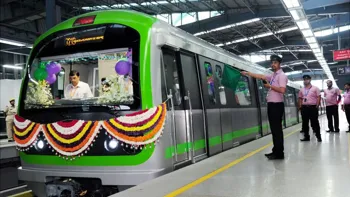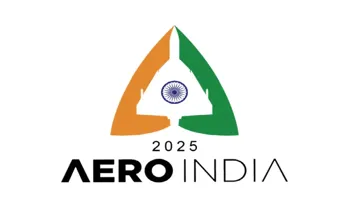Viral Video Depicts Heated Exchange Between Kannada Auto Driver and North Indian Passengers Over Hindi
A recent incident involving a confrontation between a Kannada-speaking auto driver and passengers from North India has gone viral, sparking conversations about language barriers and regional differences in India. The heated exchange, which reportedly stemmed from a disagreement over the use of Hindi, was captured on video and has since spread widely across social media platforms.
In the video, the passengers can be seen engaging in a tense argument with the auto driver, who insisted on speaking in Kannada, the local language of Karnataka. The passengers, on the other hand, appeared frustrated with the driver’s refusal to communicate in Hindi, a language commonly spoken in many parts of North India. The confrontation escalated to the point where the passengers eventually decided to leave the auto-rickshaw, ending the ride on a sour note.
The viral video has reignited the ongoing debate about language preferences in different regions of India, particularly in southern states where native languages such as Kannada, Tamil, and Telugu are predominantly spoken. While Hindi is recognized as one of the official languages of India, it is not widely spoken in southern parts of the country, leading to occasional friction between locals and visitors or migrants from other regions.
This incident highlights the growing tensions surrounding language usage in India's diverse cultural landscape. As the video continues to gain traction online, it has sparked a wave of opinions from netizens, with some defending the auto driver's stance on promoting the use of Kannada in his native state, while others argue that Hindi, as a widely spoken language, should be embraced for better communication across states.
The clash underscores the need for greater cultural sensitivity and understanding, especially in a country as linguistically diverse as India. The video has not only drawn attention to the challenges faced by non-native speakers when navigating unfamiliar linguistic environments but has also raised important questions about inclusivity and the role of regional languages in day-to-day interactions.
As the conversation unfolds, many are calling for mutual respect and flexibility when it comes to language, encouraging a more harmonious approach to communication that acknowledges both regional pride and the practicalities of a multilingual society. The viral incident serves as a reminder of the delicate balance between preserving local identities and fostering unity in a country that celebrates its linguistic diversity.









Leave a comment
0 comment